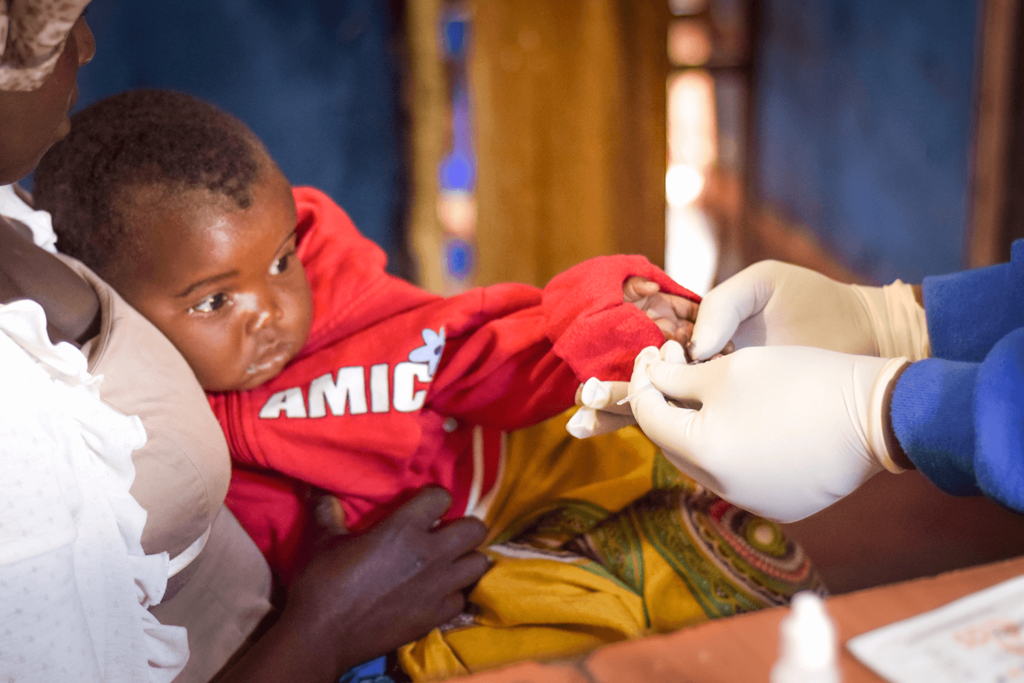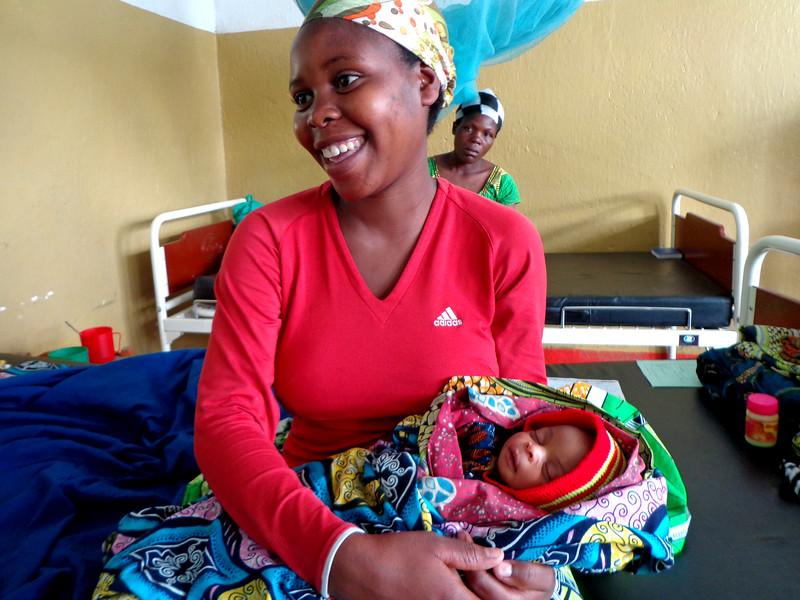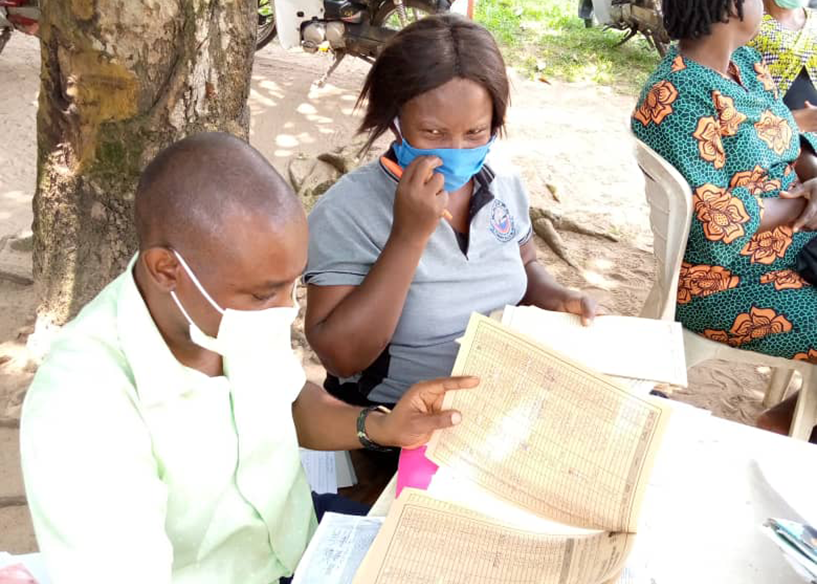A New Ground Strategy to End HIV and AIDS
A New Ground Strategy to End HIV and AIDS
Dr. Mark Dybul, MSH’s newest board member, has been a leader in global health policy as Executive Director of the Global Fund to Fight AIDS, Tuberculosis and Malaria and as head of the US President’s Emergency Plan for AIDS Relief (PEPFAR). Dybul is Professor of Medicine and Faculty Co-Director of the Center for Global Health and Quality at Georgetown University Medical Center. He brings tremendous experience and insight into MSH’s work to strengthen systems that improve the health of the world’s most vulnerable populations, including those living with HIV.
As we prepare for the 22nd International AIDS Conference, we sat down with Dybul to discuss the fight against HIV and AIDS, the need for strong systems to support a more effective and sustainable response, and how we must leverage those systems beyond HIV to improve health more broadly.
Hi Mark, what is one of the pressing issues related to the HIV and AIDS response that most concerns you?
Right now, I think we’re at the greatest risk of losing control of the epidemic than we’ve ever been, and that’s simply demographics, the increase in population in sub-Saharan Africa, which means we’ll have a lot of young people entering the risk pool. We have not done well at reaching young people. If more than half of your population is 25 and under, and you’re not reaching them, then it’s just math.
We also need to focus on the last percent [hard-to-reach groups including men having sex with men and sex workers]. If we’re not reaching those most at risk of transmitting the virus, those most at risk of being infected, we’re going to have an exploding epidemic.
So we need to trust people on the ground much more, engage people in a response that’s fundamentally different, and that is not fundamentally medical. We have to shift gears in many ways right now, but it’s enormously exciting, because the investments of the past 15 years allow us to shift—if we’re agile, smart, and responsive enough.
PEPFAR recently celebrated its 15th anniversary. What are the most significant achievements from that work?
PEPFAR has kept the world engaged through its investments in the Global Fund; for every $1 the United States invests, $2 come in from the rest of the world.
And these investments have really revolutionized treatment. People thought it was impossible to do it; it was a big systems issue. And the treatment numbers are breathtaking—going from around 50,000 in sub-Saharan Africa in 2002 to about 17 million today. PEPFAR, with the Global Fund, account for support for around 15 million of those.
But the numbers we don’t look at as much are the investments in the system. PEPFAR has itself supported training for 250,000 health care workers in Africa. The Global Fund invests about 40 percent of its resources in systems.
[HIV was] the first time the world invested in chronic care and treatment, because it’s a lifelong treatment. People are at risk for 30, 40 years, not for a day. Those investments form a foundation for broader health care, including cancer, diabetes, and hypertension. That investment and belief in the people in low- and middle-income countries to build a system for health is one of the greatest legacies of PEPFAR and the Global Fund.
How will a focus on health systems move us toward a more effective and sustainable HIV and AIDS response? What does it actually mean to shift from delivery programs to improving health systems?
I prefer to talk about systems for health, rather than health systems — resilient and sustainable systems for health. If your goal is a health system, you might or might not obtain good health. You can build hospitals, you can put trained personnel in them, but if people don’t come, it doesn’t matter much. If your goal is health, you’ll build what’s necessary to achieve health, and you’ll monitor health and respond for health.
What we have done is build remarkable clinics and support for those clinics, but we’re weak on supply chain, on procurement management logistics, human resource management; it’s really management that we’re behind on. We have too many doctors running things and not enough people trained in management running things.
The issue, of course, is not just HIV. And if we focus too much on HIV, we’re going to lose the game. This is about systems for health more broadly and HIV is the entry point for that, because we’ve had to build chronic systems for HIV. So the question is: how do we both strengthen the HIV response but also make sure that that is commensurate with and supports health more broadly?
Large delivery programs, supported by the United States and other countries, will, in the next 15 years, be in just a handful of countries. If we don’t start shifting our investments to support their needs for health, we’ll be failing in using the resources that are available to maximize the number of lives saved and the infections averted, not just from HIV.
Our systems for care and treatment also have to be used for prevention, whether it’s primary prevention for HIV or the prevention efforts necessary to avoid a massive increase in diabetes or hypertension — that’s what’s going to bankrupt countries, much more so than HIV.
With MSH’s strong track record of strengthening systems for health, where do we go from here? How can MSH go further to build in-country capacity to end the epidemic?
One of the reasons I am so excited about MSH, and have been for a long time, is the focus on what we need to be investing in for the future, which is systems for health. We have a lot of work to do on overall human resources, certainly with building out community health care workers, but you can’t do that without the right underlying systems.
MSH is well positioned to take this on because it’s not a large deliverer of services. It’s a systems support for local capacity, and that’s what we need to shift to. And we can’t keep doing it the way it was always done: it’s going to take innovation; it’s going to take creativity. We need to use the new technologies that are becoming available for supply chain, logistics, human resource management, training, and data and data analytics.
Why did you decide to join MSH’s Board of Directors?
Well, it’s a very exciting time in development. For the last 15 years, we’ve focused on massive delivery programs. For the next 15 years, we’re going to have to shift to supporting people in-country to take over the [HIV and AIDS] response. I’m excited about being part of an organization that has always focused on investing in building capacity across the board: public sector, private sector, faith-based, and community-based organizations. That’s what we need to do, and MSH is best in class at doing it.


